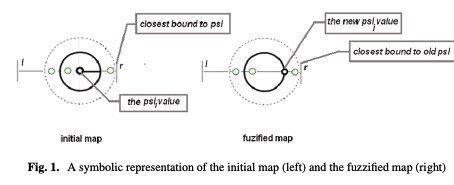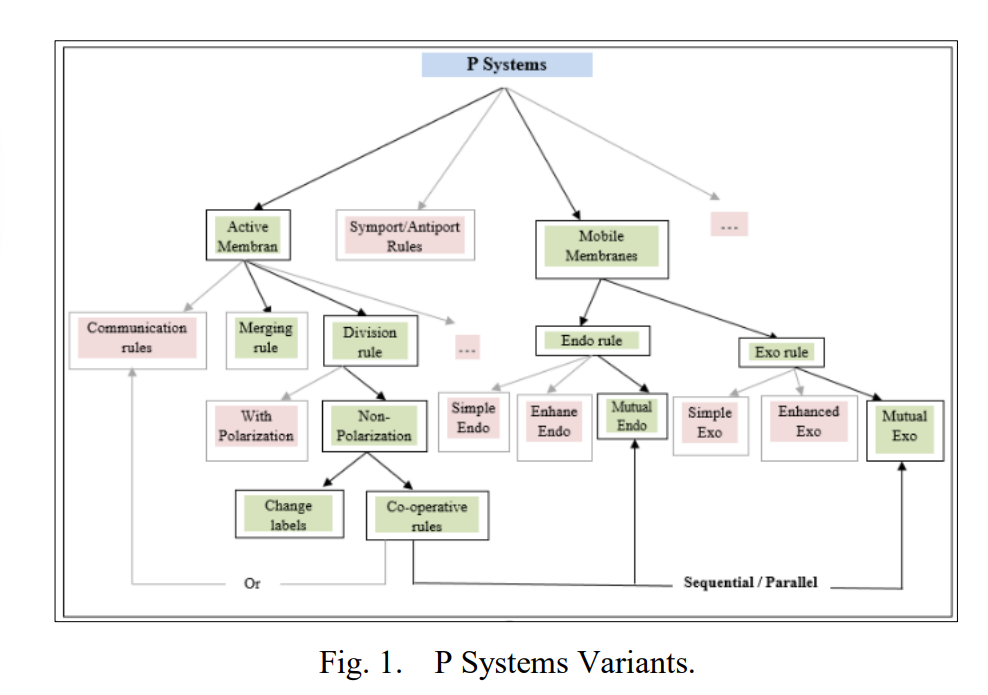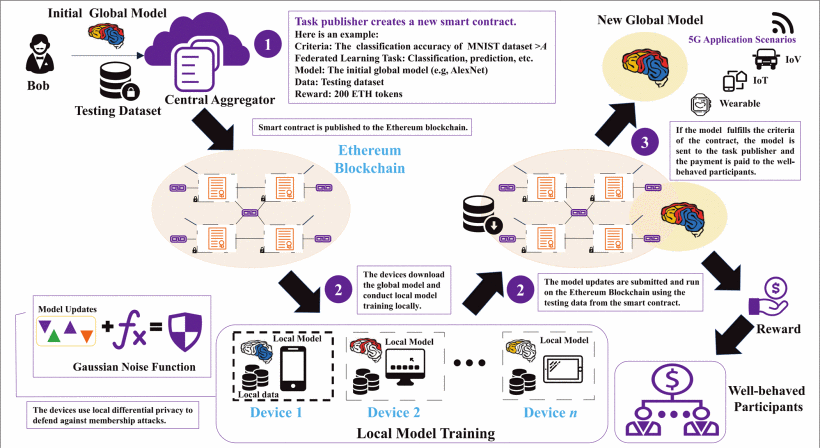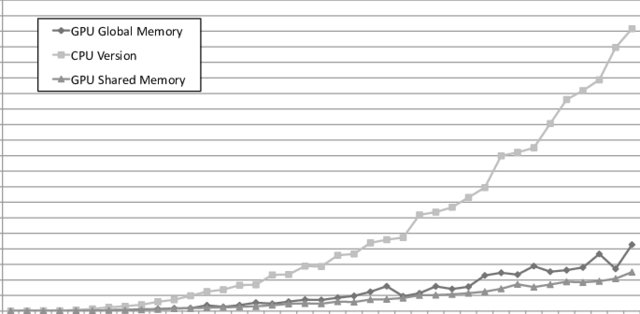Breadcrumb
Constructing suffix array during decompression
The suffix array is an indexing data structure used in a wide range of applications in Bioinformatics. Biological DNA sequences are available to download from public servers in the form of compressed files, where the popular lossless compression program gzip [1] is employed. The straightforward method to construct the suffix array for this data involves decompressing the sequence file, storing it on disk, and then calling a suffix array construction program to build the suffix array. This scenario, albeit feasible, requires disk access and throws away valuable information in the compressed

Parameter Estimation of Two Spiking Neuron Models With Meta-Heuristic Optimization Algorithms
The automatic fitting of spiking neuron models to experimental data is a challenging problem. The integrate and fire model and Hodgkin–Huxley (HH) models represent the two complexity extremes of spiking neural models. Between these two extremes lies two and three differential-equation-based models. In this work, we investigate the problem of parameter estimation of two simple neuron models with a sharp reset in order to fit the spike timing of electro-physiological recordings based on two problem formulations. Five optimization algorithms are investigated; three of them have not been used to

A fuzzy approach of sensitivity for multiple colonies on ant colony optimization
In order to solve combinatorial optimization problem are used mainly hybrid heuristics. Inspired from nature, both genetic and ant colony algorithms could be used in a hybrid model by using their benefits. The paper introduces a new model of Ant Colony Optimization using multiple colonies with different level of sensitivity to the ant’s pheromone. The colonies react different to the changing environment, based on their level of sensitivity and thus the exploration of the solution space is extended. Several discussion follows about the fuzziness degree of sensitivity and its influence on the

Gesture recognition for improved user experience in augmented biology lab
The Learning process in education systems is one of the most important issues that affect all societies. Advances in technology have influenced how people communicate and learn. Gaming Techniques (GT) and Augmented Reality (AR) technologies provide new opportunities for a learning process. They transform the student’s role from passive to active in the learning process. It can provide a realistic, authentic, engaging and interesting learning environment. Hand Gesture Recognition (HGR) is a major driver in the field of Augmented Reality (AR). In this paper, we propose an initiative Augmented

P Systems Implementation: A Model of Computing for Biological Mitochondrial Rules using Object Oriented Programming
Membrane computing is a computational framework that depends on the behavior and structure of living cells. P systems are arising from the biological processes which occur in the living cells’ organelles in a non-deterministic and maximally parallel manner. This paper aims to build a powerful computational model that combines the rules of active and mobile membranes, called Mutual Dynamic Membranes (MDM). The proposed model will describe the biological mechanisms of the metabolic regulation of mitochondrial dynamics made by mitochondrial membranes. The behaviors of the proposed model regulate

A detailed survey and future directions of unmanned aerial vehicles (Uavs) with potential applications
Recently, unmanned aerial vehicles (UAVs), also known as drones, have gained widespread interest in civilian and military applications, which has led to the development of novel UAVs that can perform various operations. UAVs are aircraft that can fly without the need of a human pilot onboard, meaning they can fly either autonomously or be remotely piloted. They can be equipped with multiple sensors, including cameras, inertial measurement units (IMUs), LiDAR, and GPS, to collect and transmit data in real time. Due to the demand for UAVs in various applications such as precision agriculture

A Secure Federated Learning Framework for 5G Networks
Federated learning (FL) has recently been proposed as an emerging paradigm to build machine learning models using distributed training datasets that are locally stored and maintained on different devices in 5G networks while providing privacy preservation for participants. In FL, the central aggregator accumulates local updates uploaded by participants to update a global model. However, there are two critical security threats: poisoning and membership inference attacks. These attacks may be carried out by malicious or unreliable participants, resulting in the construction failure of global
Motion and depth augmented semantic segmentation for autonomous navigation
Motion and depth provide critical information in autonomous driving and they are commonly used for generic object detection. In this paper, we leverage them for improving semantic segmentation. Depth cues can be useful for detecting road as it lies below the horizon line. There is also a strong structural similarity for different instances of different objects including buildings and trees. Motion cues are useful as the scene is highly dynamic with moving objects including vehicles and pedestrians. This work utilizes geometric information modelled by depth maps and motion cues represented by
Remote Diagnosis, Maintenance and Prognosis for Advanced Driver Assistance Systems Using Machine Learning Algorithms
New challenges and complexities are continuously increasing in advanced driver assistance systems (ADAS) development (e.g. active safety, driver assistant and autonomous vehicle systems). Therefore, the health management of ADAS’ components needs special improvements. Since software contribution in ADAS’ development is increasing significantly, remote diagnosis and maintenance for ADAS become more important. Furthermore, it is highly recommended to predict the remaining useful life (RUL) for the prognosis of ADAS’ safety critical components; e.g. (Ultrasonic, Cameras, Radar, LIDAR). This paper

A GPU-enabled solver for time-constrained linear sum assignment problems
This paper deals with solving large instances of the Linear Sum Assignment Problems (LSAPs) under realtime constraints, using Graphical Processing Units (GPUs). The motivating scenario is an industrial application for P2P live streaming that is moderated by a central tracker that is periodically solving LSAP instances to optimize the connectivity of thousands of peers. However, our findings are generic enough to be applied in other contexts. Our main contribution is a parallel version of a heuristic algorithm called Deep Greedy Switching (DGS) on GPUs using the CUDA programming language. DGS
Pagination
- Previous page ‹‹
- Page 38
- Next page ››
